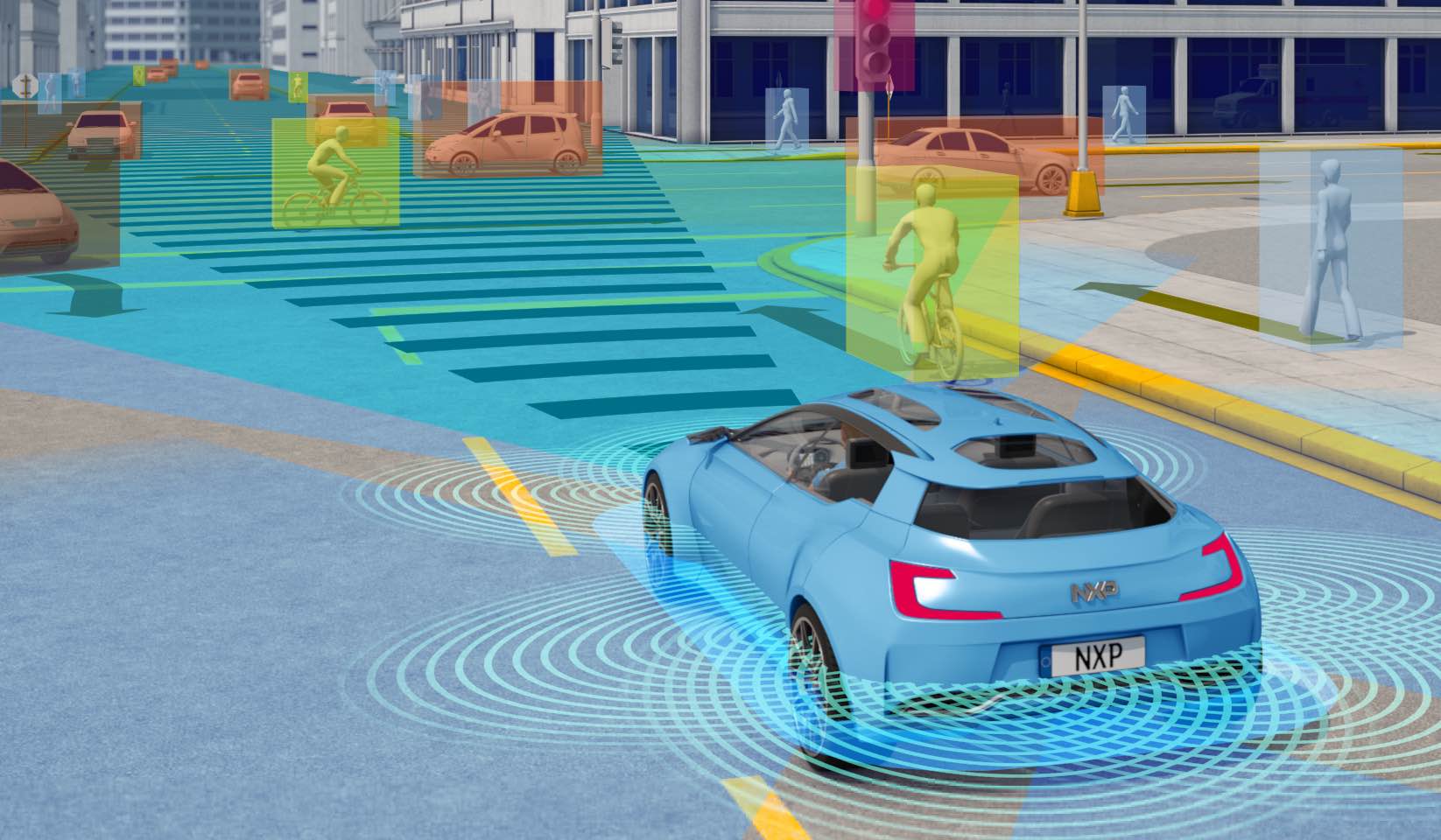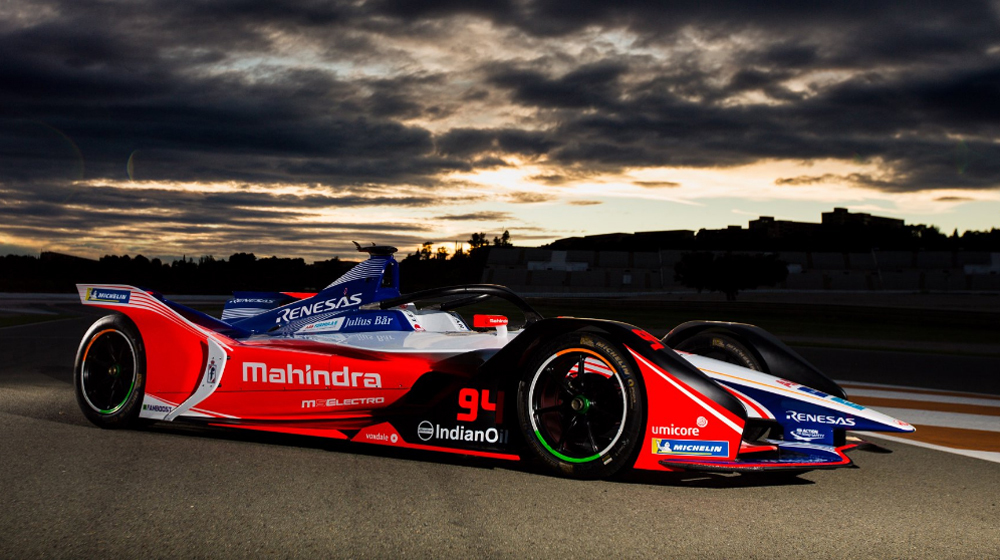General Motors late-game push for EVs may have resulted in significant battery development for mainstream electric vehicles. But to understand what’s so important about this new Ultium line of batteries, we’re going to have to get a little technical. But first, some background.
Announced in March 2020, GM’s Ultium batteries will be the backbone of their next range of Electric Vehicles. Not only will the Ultium batteries feature in the products of General Motors, but the intention is to supply other brands within the industry too. To achieve this, GM has invested $2.3 billion (USD) with LG Chem to develop a new plant in Lordstown, Ohio. Once completed the factory will have an annual Ultium battery output of 30GWh, with production targeted to start in 2022.

Ultium batteries haven’t just been designed to increase range, but rather, to reduce complexity thereby bringing costs down. One way this is achieved is because the Ultium cells each have a new wireless battery energy management system which will communicate directly with the car’s “brain”. This not only reduces the need for wiring and connections, but it will also mean that swapping cells out becomes less labour-intensive.
GM’s Ultium battery system has been designed to be modular — that in itself is not exactly ground-breaking. Most modern EVs employ modular battery packs, with many also being able to replace individual cells within each module if one were to go wrong. Where GM’s Utium cells stand out though, is through their forwards-compatibility.
The Ultium battery system will allow individual battery modules to be replaced with the most modern iteration of technology available. This means that a cell with different chemistry or longer-range could seamlessly replace any older cell, thereby increasing service life on an EV and reducing costs of battery replacements thanks to economies of scale. This may not sound like a big deal, but the implications for keeping older EVs on the road (without having to source outdated and more expensive battery packs) could be huge and signals a huge leap forwards in terms of an EVs longevity.
Other points to note of GM’s Ultium Battery technology is the chemistry being new propriety NMCA chemistry which uses 70% less cobalt — better for the ledgers, and even better for GM’s image due to Cobalt mining.
Perhaps less notable is the Ultium’s claimed 400-mile range when in 200kWh configuration, and potential 3.0 second 0-60mph time for vehicles equipped with Ultium cells. I say less-notable because cars such as Tesla’s long-range Model S already achieve an EPA-rated 390miles on a 100Kwh battery, while the soon-to-be-released Cybertruck and Roadster each claim they’ll achieve 500 and 620 miles respectively.
But, with reduced complexity, reduced costs, and increased future-proofing, General Motor’s Ultium batteries provide an exciting outlook for the future of EVs. Sadly, we’ll have to wait until 2022 to see exactly how this translates into the real world, with the first vehicles to incorporate Ultium being the Cadillac Lyriq and GMC Hummer Truck.







